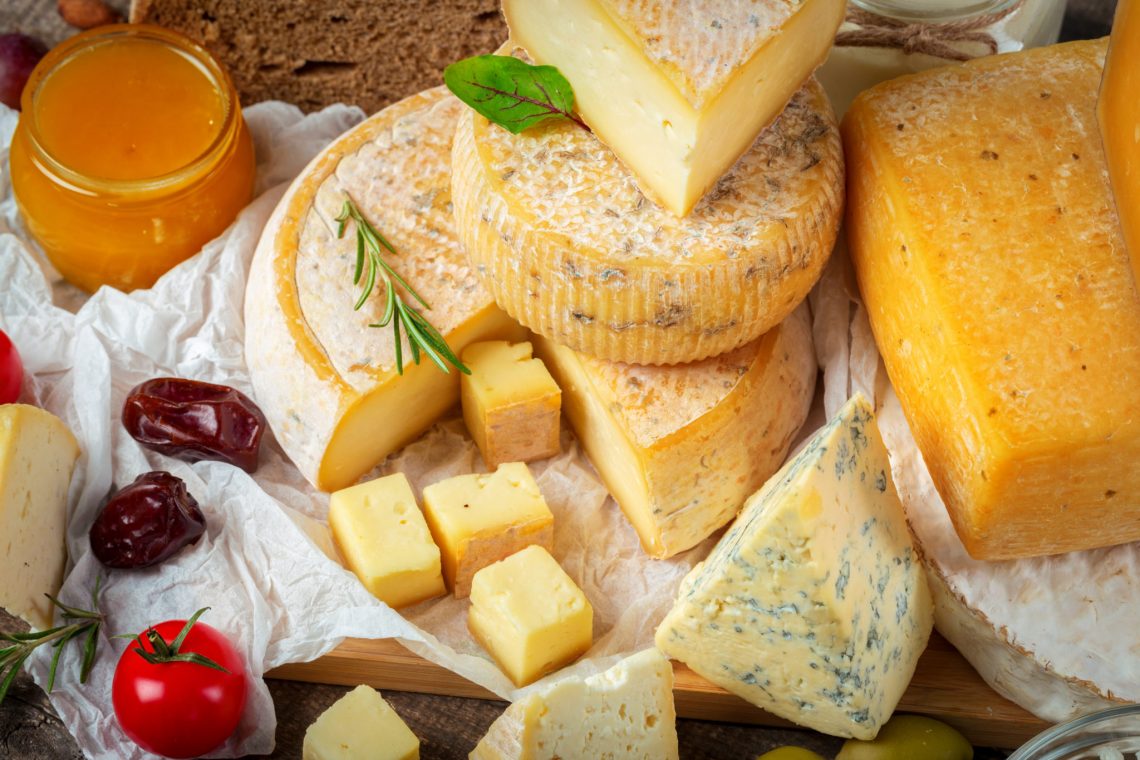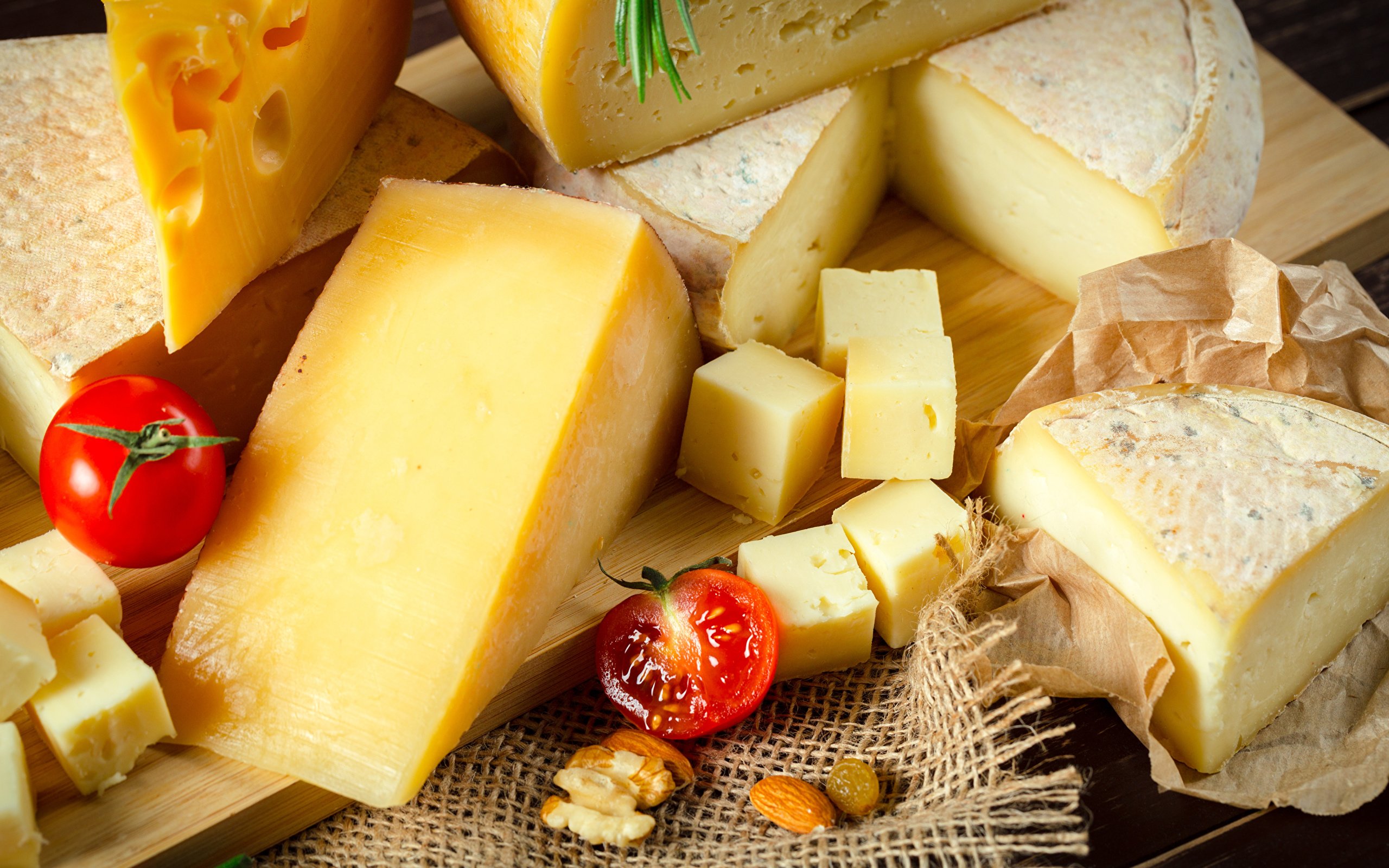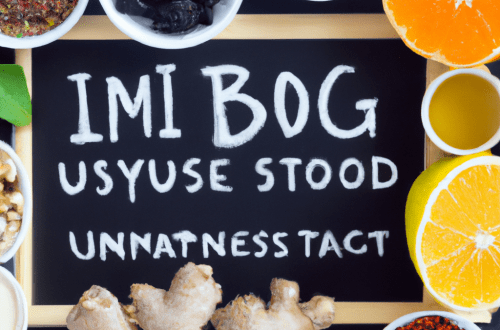
The 10 most odorous cheeses in the world
Today in the world there are a huge number of varieties of cheese, distinguished by a strong and quite specific smell, which can scare away the unprepared buyer. But here is an interesting paradox – the stronger smelling cheese product, the better it tastes as they write here: https://telegram-store.com/catalog/product-category/channels/food.
Most strongly smelling cheeses are made from unpasteurized milk and are categorized as aged and soft. We suggest you read our selection of the 10 most smelly cheeses in the world.
- Tallegio. According to the official version this Italian cheese began to be brewed in the X century. It is very likely that it is the oldest type of soft cheese in the world. In those ancient times, its maturation took place in coastal grottoes, which from time to time were flooded with salty sea water. It is believed that it was the sea water, rich in a variety of microorganisms, that contributed to the fact that taleggio has acquired the glory of the most delicious and at the same time the most fragrant cheese.

Today the technology of taleggio production provides for its ripening in special machines in which the microclimate of the caves is recreated. Some Italian companies go even further and use full-fledged marine grottos for these purposes, while to avoid mould the cheese heads are washed with salt water at least once a week.
Tallegio is distinguished by its soft texture and thin crust of the color of tree bark. Its mild flavor has perfectly pronounced fruity notes and an unusual flavor. This cheese is usually added to salads, risotto or polenta.
- Stilton. This variety is considered the real king of English cheeses. It is produced in Derbyshire, Leicestershire, and Nottinghamshire. Interestingly, the village of Stilton, which actually gave the cheese its name, its production is forbidden, as it is located in the county of Cambridgeshire.
Stilton can vary in texture from very soft to hard, crumbly. There are clearly visible blue streaks in the cheese, caused by the presence of Penicillium roqueforti culture in it. It acquires a specific smell as it matures: the older it is, the odorier it is.
Stilton is commonly served with port. It is also added to mashed potato soups. It goes well with celery and broccoli.
- Stinky Bishop. This variety is made from an ancient recipe revived in 1972 by Charles Martell and Son. It uses milk from a special breed of cow. The finished product has a white-yellow hue and an orange crust.
The cheese got its name from a variety of pears – Stinky Bishop. In the Middle Ages, monks made pear cider from this fruit, which was then used to wash the cheese. Such “bathing” allowed the creation of a special microflora on its surface, the smell of which can be compared to sour wet towels and unworn, worn socks.
- Limburger. Germans are also fans of fragrant cheese. Except that unlike the Italians and the English, they try to get a product that smells like unwashed man’s body. The limburger gets its scent from the bacteria Brevibacterium linens, which plays an active role in its maturation.
The color of the cheese is creamy, the crust is yellow with visible traces of mold. The taste is spicy-spicy, salty. It goes well with black bread and potatoes.
- Roquefort. This is probably the most famous kind of French cheese. It is made from sheep’s milk and aged in lime grottos, thanks to the microclimate of which the mould Penicillium roqueforti forms inside the cheese.

It should be noted that Roquefort is not only tasty, but also dangerous. For example, it is not recommended to eat it for pregnant women who can get Brie de Molisteriosis. This type of cheese is usually served with a sweet wine.
- Brie de Meaux. Another French cheese, though, this time coming from the town of Meaux, located 40 kilometers from Paris. Its flavor and aroma were admired by Philip II Augustus, Queen of Navarre, the Duke of Orleans, Queen Margot and Henry IV. A head of cheese looks like a 3-4 centimeters thick flat cake 30-40 centimeters in diameter on the surface of which there is a thin velvety layer of noble white mold.
Brie must be kept in the refrigerator and warmed to room temperature before serving.
- Epoiss. A favorite cheese of the famous Napoleon Bonaparte. It has such a strong smell that in France there is an official ban on its carriage in public transport. The recipe for Epoisse was invented in the 16th century by Cistercian monks. It is made from unpasteurized milk and soaked in Mark’s grape vodka. When it matures, the cheese acquires a shiny crust with ivory-colored wrinkles.
According to connoisseurs, the aroma of Epoisses awakens desires and passionate memories of the woman you love.
- Muenster. The recipe for this cheese was created by Benedictine monks back in the 7th century. For several centuries, it was used as a substitute for meat. Ancient legends say that the monks have long experimented with sour milk, which allowed them to get a cheese with a characteristic reddish crust and aroma of high mountain pastures, which is popularly dubbed the smell of sweaty, unwashed feet.
- Camembert. This soft cheese from Normandy is fragrant with sodium chloride, succinic acid and ammonium compounds. The French jokingly call the smell of this variety “God’s feet.” It is made from unpasteurized milk and matures for three weeks. The final product has a delicate crust with a white mold overlay, under which is hidden a delicate yellowish creamy mass.
- Pontus Leveque. Considered one of the most fragrant in the world, this variety has a rich pedigree that dates back to the 12th century. It is brewed from whole cow’s milk. Beneath the delicate mold-covered crust you will find a thick, creamy mass with a multifaceted flavor with nutty and fruity notes.




